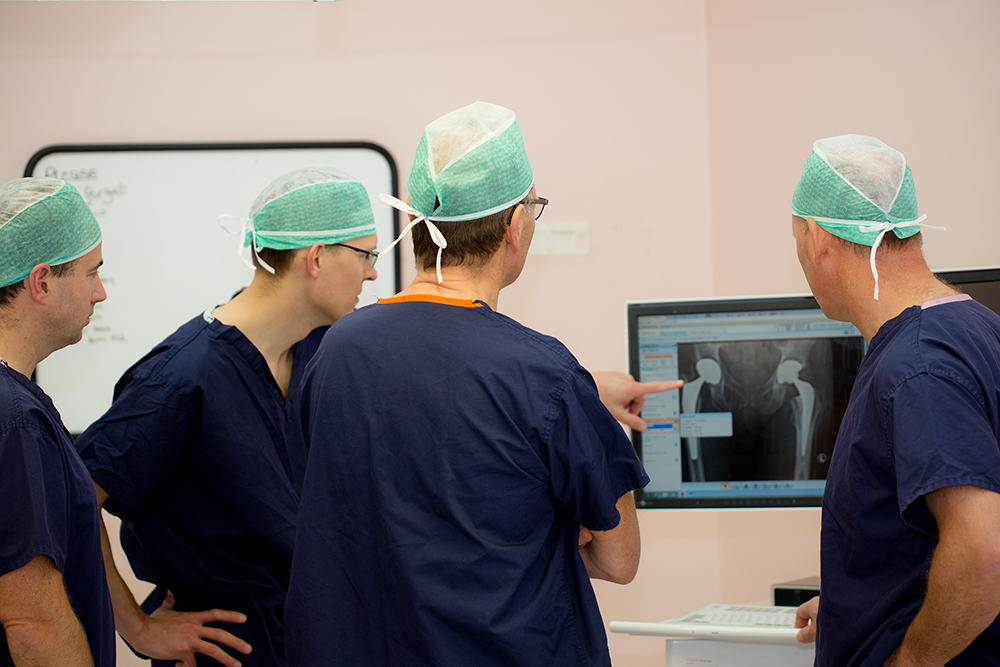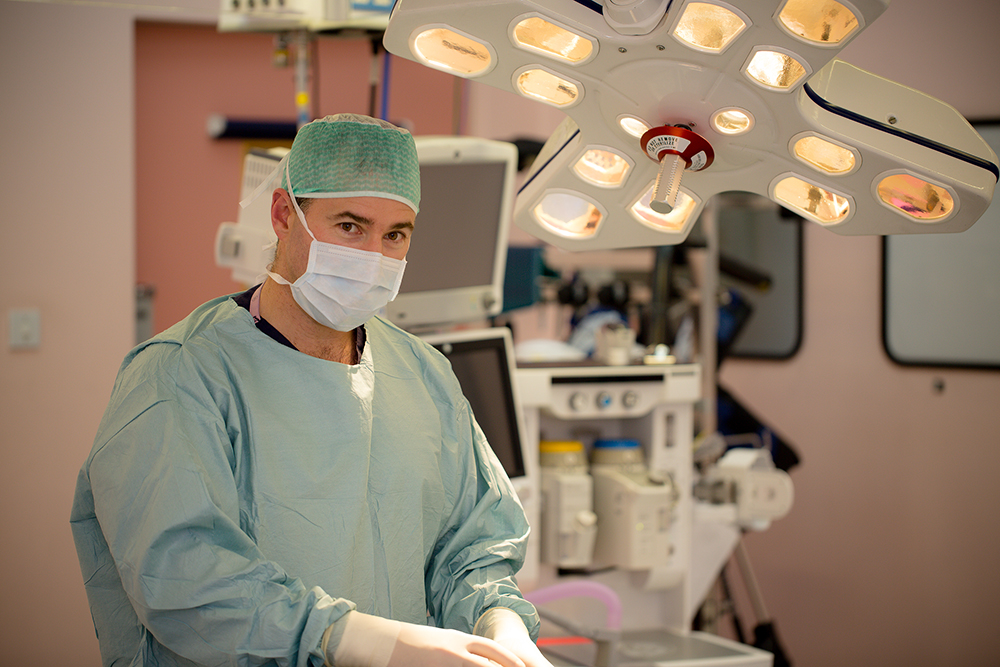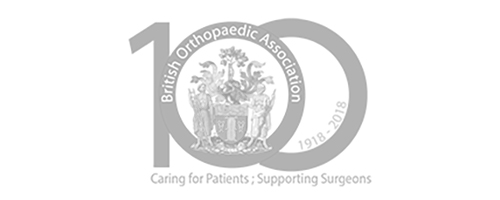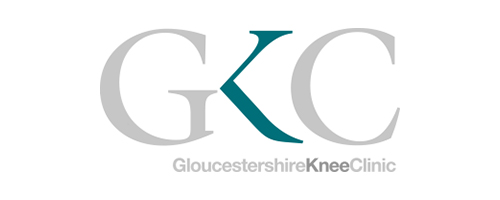We use the very best bearing combinations and prostheses to reduce the chances of ever requiring revision hip surgery. In common with any device with moving parts eventually hip prostheses will wear out. Overall lifetime risk of requiring hip revision surgery amongst all patients is 5% but we know that younger patients ( <70) will use their hips for longer and often more vigorously which puts this group at higher risk of wearing out their hip and requiring revision (redo) surgery.
Patients will usually know when their hip is beginning to wear, but symptoms are classically of “startup pain” just as you rise from a seated position and take the first few steps, and this usually settles to a degree as walking continues. This pain can be in the hip or the thigh, depending on which component is most problematic. If you begin to detect any of these symptoms it’s well worth arranging an xray via your GP to evaluate for a loose prosthesis or alternatively arranging to be seen by a specialist.
WHAT DOES REVISION SURGERY INVOLVE?
Surgery for loose total hip replacements is very varied and a bespoke surgery package is developed for each individual patient based upon the problems they have with their hip. Sometimes it is only necessary to revise a single component such as a loose cup, whereas on other occasions both the femoral and acetabular components (ball, socket and femoral stem) need to be revised.
Most revisions will be performed because the components have worn out and become loose and this is usually done in a single operation. Recovery often takes a little longer than the first operation, as the procedure often takes a little longer and requires a larger exposure (cut in the skin).
Occasionally it is necessary to perform revisions for infection and one several approaches will be used :
Debridement and implant retention (DAIR)
This technique was pioneered in Oxford and is usually performed for infections that occur acutely and present within 8 weeks within the onset of infection. The hip joint is washed out, infected tissue removed and the ball of the femur and liner of the socket changed to attempt to eradicate the infection. This is then supplemented by a long course of antibiotics. This is the least invasive form of revision for infection with success in 75% of cases.
Single stage revision
Similar to DAIR, but all components are removed and new components implanted within the same sitting. This is also supplemented with a long course of antibiotic therapy with success rates of 85% of cases.
Two stage revision
The most rigorous form of revision for infection requires removal of all infected tissue and implants and leaves you without a hip until we are confident all infection has been eradicated. At an interval of between 6 and 12 weeks of antibiotic therapy a new hip prosthesis is implanted. This has the best chances of eradication of infection (90%) but is a far bigger procedure to go through in terms of strain on the body.











